Top 15 Best Things to See and Do in Madagascar
Madagascar is not merely a destination—it is a living, breathing anomaly of the natural world, a land that exists in magnificent isolation off the southeastern coast of Africa. Shaped by millions of years of geographic solitude, this fourth-largest island on Earth has become home to a staggering collection of life found nowhere else. With over 90% of its wildlife species endemic to the island, Madagascar is a kaleidoscope of biodiversity, cultural richness, and geological marvels.
To travel to Madagascar is to step into a realm untouched by convention, where lemurs leap through ancient forests, baobab trees rise like sentinels, and coral reefs flourish off white-sand shores. From the haunting spires of Tsingy de Bemaraha to the vibrant street life of Antananarivo, the island invites exploration with every turn. Those who venture here find more than an escape—they find a reconnection with nature, culture, and something far more profound: a world still wild and deeply alive.
The true essence of Madagascar lies not just in its scenery, but in the experiences it offers. Whether walking through rainforests filled with rare creatures, navigating serene riverways, or encountering traditions that have remained unchanged for generations, each moment in Madagascar resonates with depth, color, and authenticity.
Avenue of the Baobabs: Guardians of the Western Sky
On the dusty road between Morondava and Belon’i Tsiribihina stands one of Madagascar’s most iconic landscapes—the Avenue of the Baobabs. These towering, ancient trees, some over 800 years old, line the path like timeless guardians. Their thick trunks and bare branches form surreal silhouettes against the sky, particularly at sunrise and sunset when the light casts an almost magical hue over the landscape.
This natural monument is not only a photographer’s dream but also a powerful reminder of Madagascar’s ecological uniqueness. Revered by local communities and protected by conservation initiatives, the avenue embodies the harmony between natural wonder and cultural reverence.
Tsingy de Bemaraha: The Stone Forest That Defies Imagination
To walk through Tsingy de Bemaraha National Park is to enter a world sculpted not by man, but by time and the elements. This UNESCO World Heritage Site features jagged limestone formations that rise like stone blades into the sky, forming a labyrinthine forest of rock. Suspended walkways and rope bridges stretch across deep canyons, offering thrilling and vertigo-inducing views.
The park is not only a geological marvel but also a haven for endemic species, including several types of lemurs, rare birds, and exotic reptiles. Every step within this dramatic terrain reveals a raw, untouched beauty, where nature reigns supreme and human footprints feel humbly out of place.
Andasibe-Mantadia National Park: Where Lemurs Call from the Mist
In the eastern rainforests of Madagascar, Andasibe-Mantadia National Park emerges as a lush sanctuary where the haunting call of the indri—the island’s largest lemur—echoes through the canopy. This protected area offers an intimate window into Madagascar’s rainforest ecosystem, home to countless endemic species including chameleons, frogs, and orchids.
Guided walks, often undertaken at dawn, provide the best opportunities for wildlife encounters. As the mist rises through the trees and the forest stirs to life, one cannot help but feel deeply connected to the ancient rhythms of the wild.
Nosy Be: An Island Paradise Bathed in Warm Waters
Just off the northwest coast lies Nosy Be, Madagascar’s most celebrated island destination. Known for its palm-lined beaches, turquoise waters, and coral reefs teeming with life, Nosy Be is the heart of the island’s coastal allure. Yet beyond the sun and surf lies a network of islands, including Nosy Komba and Nosy Tanikely, each offering a unique blend of marine biodiversity and cultural charm.
Snorkeling, diving, and sailing excursions reveal an underwater world alive with color, while inland spice plantations and local markets invite cultural immersion. Sunset over Mont Passot, the island’s highest point, offers a panoramic farewell to days that feel almost too magical to be real.
Isalo National Park: The Grand Canyon of Madagascar
In the south, the desert-meets-savanna landscape of Isalo National Park unfolds like a dreamscape of sandstone canyons, natural pools, and sculpted rock formations. This park, often referred to as Madagascar’s answer to the Grand Canyon, offers some of the island’s most dramatic and varied terrain.
Hiking trails wind through narrow gorges and sun-baked plateaus, leading to hidden waterfalls and cool oases where ring-tailed lemurs gather. The landscape seems to shift with the light, and by dusk, the fiery colors of the cliffs mirror the setting sun, creating an unforgettable visual symphony.
Ranomafana National Park: A Rainforest Brimming with Life
Named after its natural hot springs, Ranomafana is one of Madagascar’s most celebrated rainforests. Located in the southeastern highlands, this park protects a wealth of biodiversity, including the critically endangered golden bamboo lemur. Mist-draped forests, fast-flowing rivers, and diverse terrain make every walk through Ranomafana a voyage into the unknown.
It is a haven for researchers and nature lovers alike, where the silence of the forest is punctuated only by birdsong and the rustling of leaves under curious primates. The experience is immersive, serene, and charged with the energy of ancient ecosystems.
Antananarivo: A Cultural Tapestry Woven with History
Madagascar’s capital, Antananarivo—locally known as Tana—is a bustling city perched on hills and brimming with character. French colonial architecture blends with Malagasy culture, while the markets overflow with color, spice, and life. The Rova, or Queen’s Palace, stands as a historical landmark that echoes the era of the Merina monarchy.
Tana is more than a gateway to the rest of the island; it is a place where modernity and tradition meet, where narrow alleys reveal artisan workshops and cosmopolitan restaurants look out over ancient rooftops. It is a city of contrasts, best explored slowly and curiously.
Ifaty and the Spiny Forest: A Desert of Living Sculptures
On the southwestern coast lies a landscape so alien it feels borrowed from another planet. The Spiny Forest, a unique ecosystem found nowhere else, is home to towering octopus trees, euphorbias, and ancient baobabs. The coastal village of Ifaty serves as the base for exploring this fascinating biome, where endemic birds flit through the prickly branches and local guides share stories rooted in tradition.
Inland treks and visits to local fishing communities reveal a way of life shaped by resilience and respect for the land, while offshore reefs offer vibrant snorkeling opportunities.
Whale Watching in Sainte Marie: A Dance of Giants
From July to September, the warm waters off Île Sainte Marie (Nosy Boraha) become the stage for one of nature’s grandest spectacles—the migration of humpback whales. These majestic creatures arrive to mate, calve, and breach with astonishing grace just meters from the shore.
Boat tours provide safe and respectful viewing, often accompanied by guides who share deep insights into whale behavior. The island itself, once a pirate haven, is rich in history, mystery, and lush vegetation. Watching whales breach under the rising sun is an experience that stirs the soul and lingers in memory.
Masoala National Park: Madagascar’s Wild Frontier
In the remote northeast lies Masoala, Madagascar’s largest protected area and arguably its most pristine. Dense rainforest meets coral reef in a rare fusion of terrestrial and marine biodiversity. Accessible only by boat or bush plane, Masoala feels untouched by time and teems with rare species including the red-ruffed lemur and elusive aye-aye.
Exploration here is for the intrepid. Trails weave through thick jungle, while kayaks glide across forest-fringed bays. The park offers the purest essence of Madagascar’s ecological richness, where every rustle and ripple hints at discovery.
Zafimaniry Villages: Preserving a Vanishing Art
In the highlands of Ambositra lies the world of the Zafimaniry people, guardians of a woodworking tradition recognized by UNESCO as Intangible Cultural Heritage. Their intricate carvings adorn homes, doors, and everyday objects, telling stories of ancestry, spirituality, and survival.
Visiting these villages is a journey into a living cultural landscape, where hospitality is warm, and craftsmanship is sacred. It is a reminder that Madagascar’s magic lies not only in its wilds but in the depth and dignity of its people.
Exploring with Purpose: Let WildHorn Africa Guide Your Path
To truly understand Madagascar is to travel beyond the guidebooks, beyond the headlines, and into a land that still listens to its own heartbeat. Its treasures are not always easy to reach, its roads are often unpaved, and its pace can be unhurried—but therein lies its power. The rewards are profound, the encounters unfiltered, and the memories unforgettable.
For those ready to embark on this transformative journey, it is essential to partner with experts who know the terrain, understand the culture, and value the extraordinary. WildHorn Africa offers curated safaris and bespoke adventures that connect you deeply with the island, its people, and its wild spirit.
Whether drawn by the call of the indri, the mystery of the tsingy, or the serenity of a coral bay, let WildHorn Africa craft your journey into the heart of Madagascar—a land that promises wonder with every step.
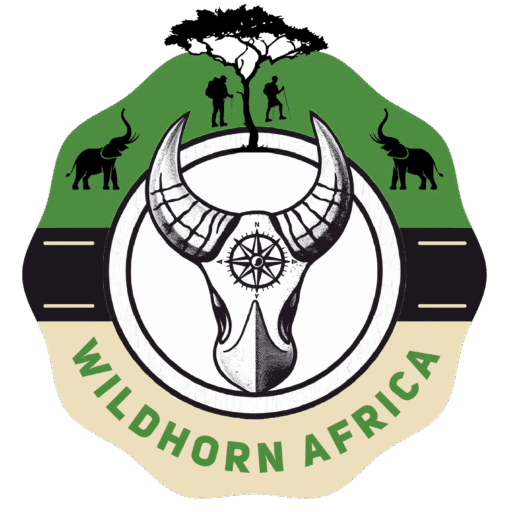
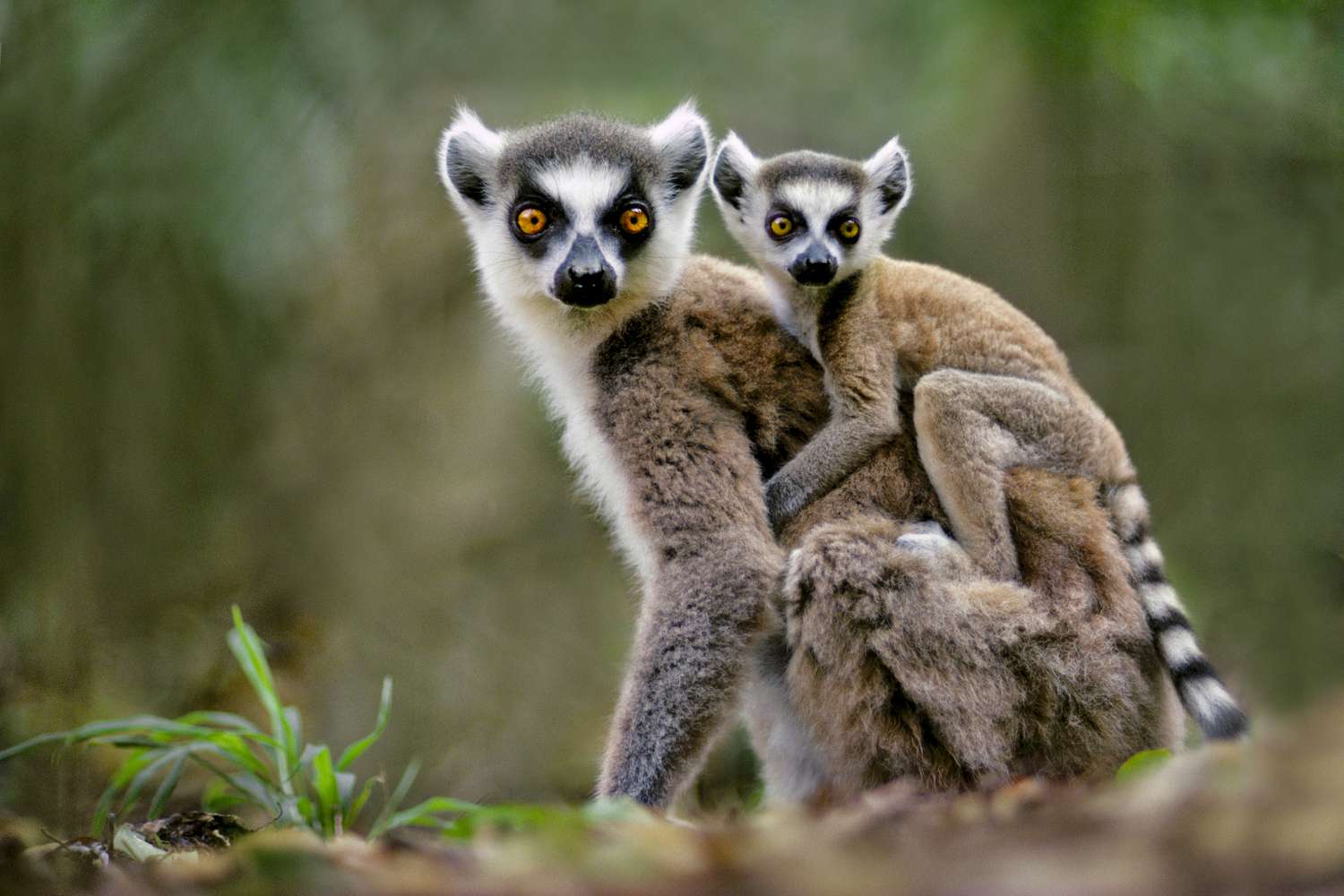
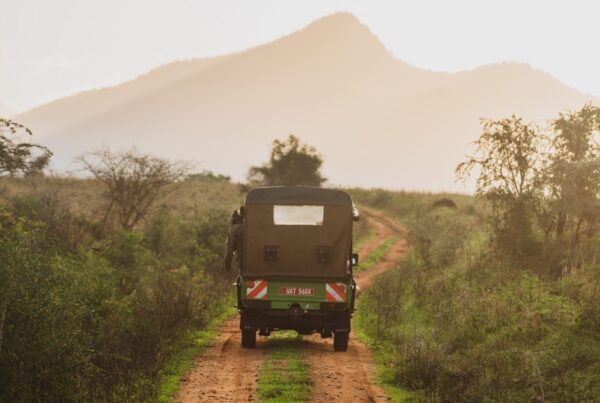
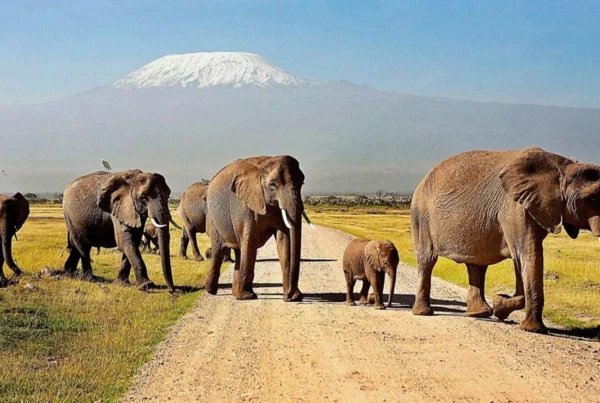
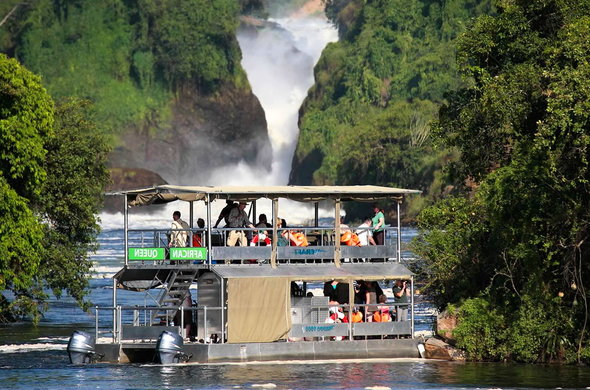
 WildHorn Africa – Authentic and unforgettable tours across Africa, guided by local experts who know the land, wildlife, and culture best.
WildHorn Africa – Authentic and unforgettable tours across Africa, guided by local experts who know the land, wildlife, and culture best.


